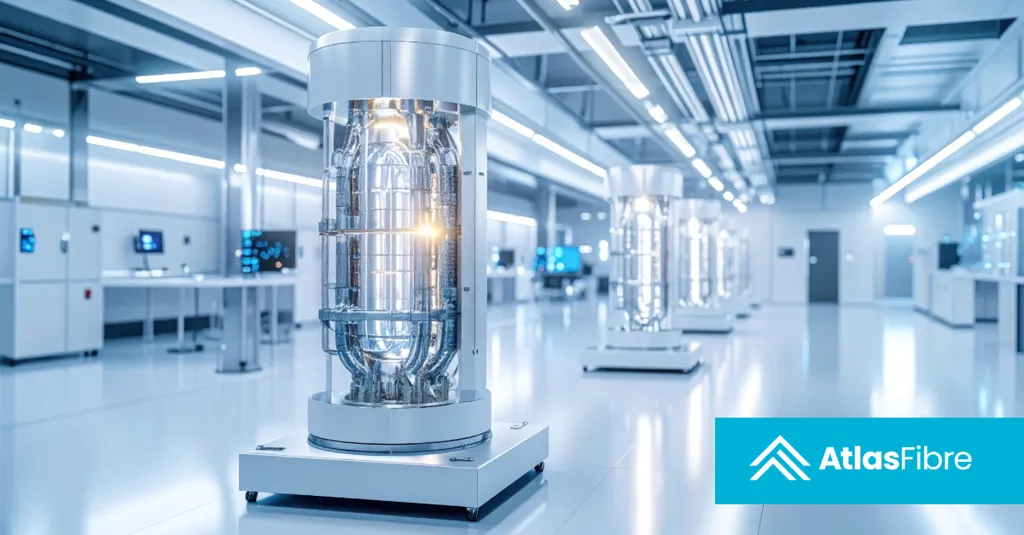In the world of advanced materials, a breakthrough has emerged that could significantly impact the energy sector, particularly in cryogenic applications. Researchers, led by Anna Krzak from the Scientific and Didactic Laboratory of Nanotechnology and Materials Technologies at the Silesian University of Technology in Poland, have conducted a comprehensive study on glass-epoxy composites, published in the journal *Polymer Testing* (translated from Polish as *Testing of Polymers*). Their findings could pave the way for more robust and efficient materials in extreme environments.
The study focuses on the mechanical, thermal, and electrical properties of glass-epoxy composites produced under industrial conditions. The results are promising, especially for industries that operate in cryogenic temperatures, such as aerospace, automotive, wind energy, and construction. The industrial-scale composite demonstrated significantly lower thermal conductivity than laboratory-prepared samples, a trait that could be attributed to changes in the glass reinforcement.
“Our research shows that the industrial-scale composite exhibits excellent mechanical performance and reliability at cryogenic temperatures,” Krzak explained. “This makes it a suitable candidate for applications where materials must withstand extreme conditions.”
One of the most striking findings was the significant improvement in tensile strength, which increased by 54%, and flexural strength, which saw an 87% boost. The fracture toughness nearly doubled, while impact resistance remained comparable. These enhancements are crucial for materials used in cryogenic environments, where structural integrity is paramount.
The study also delved into the environmental impact of different composite material manufacturing processes. The life cycle assessment (LCA) analysis revealed that while the hydraulic press method offers superior mechanical performance, it also has the highest environmental impact due to high energy consumption, significant waste generation, and contributions to climate change.
“This research not only highlights the potential of glass-epoxy composites for cryogenic applications but also underscores the need for sustainable manufacturing processes,” Krzak added. “By understanding the trade-offs between performance and environmental impact, we can drive the development of more sustainable composite technologies.”
The findings contribute to the ongoing effort to develop materials that are both high-performing and environmentally friendly. As the energy sector continues to evolve, the demand for materials that can withstand extreme conditions while minimizing environmental impact will only grow. This research provides a foundation for further exploration and comparison of different materials, ensuring that the most suitable options are identified for future applications.
In the broader context, this study could shape the future of material science by encouraging the development of composites that balance performance and sustainability. As industries strive to meet the challenges of a changing climate and increasing demand for energy, the insights gained from this research will be invaluable. The journey from laboratory to industrial scale is a testament to the potential of innovative materials to transform industries and drive progress.

